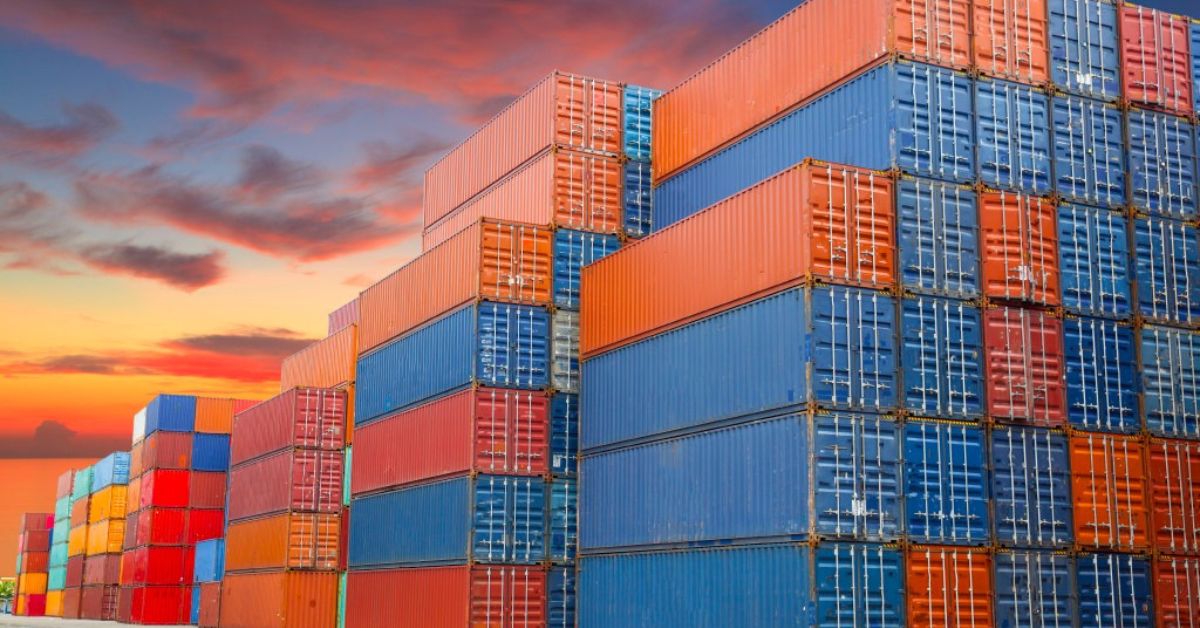Container cargo growth in India is expected to moderate by 100–150 basis points this fiscal due to the impact of fresh US tariffs on key export-oriented sectors such as home textiles, gems and jewellery, shrimp, engineering components, and speciality chemicals, CareEdge Ratings said in a report.
The ratings agency projects container volumes to expand by around 8% in FY26 to nearly 380 million metric tonnes (MMT), supported by capacity additions, higher transhipment activity, and the commissioning of the Western Dedicated Freight Corridor. However, it cautioned that rising insurance premiums, volatile shipping rates linked to the Shanghai Freight Rate Index (SCFI), and extended transit times continue to weigh on growth prospects.
“The Indian ports sector is navigating a complex global landscape marked by geopolitical conflicts and tariff-driven disruptions. While the US accounts for about 20% of India’s overall exports, its share in sea-based trade (excluding electronics) is only around 5%, which limits the direct impact on port volumes,” said the report.
The slowdown projection comes against the backdrop of Washington’s decision to impose a 25% tariff on Indian goods from August 7, 2025, followed by an additional 25% penalty tariff for trades linked to Russia, effective August 28. The measures raise the effective tariff to 50% on several Indian products, potentially eroding their competitiveness against Asian peers.
CareEdge highlighted that Gujarat’s ports saw cargo volumes decline 6% in May 2025 due to India–Pakistan tensions, underscoring the sector’s vulnerability to geopolitical shocks.
Despite these headwinds, India’s container trade posted a robust 11% growth in FY25, handling 351 MMT—well above earlier projections. Over the last three years, the sector has maintained a healthy CAGR of 8%, supported by buoyant demand, inventory rebuilding, and greater cargo containerisation, even amid disruptions in the Panama Canal and Red Sea routes.
Looking ahead, the agency expects the US tariff shock to weigh disproportionately on high-exposure export categories like textiles, garments, gems, shrimp, and chemicals, though strong domestic demand and infrastructure expansion should partly cushion the impact on overall port volumes.









